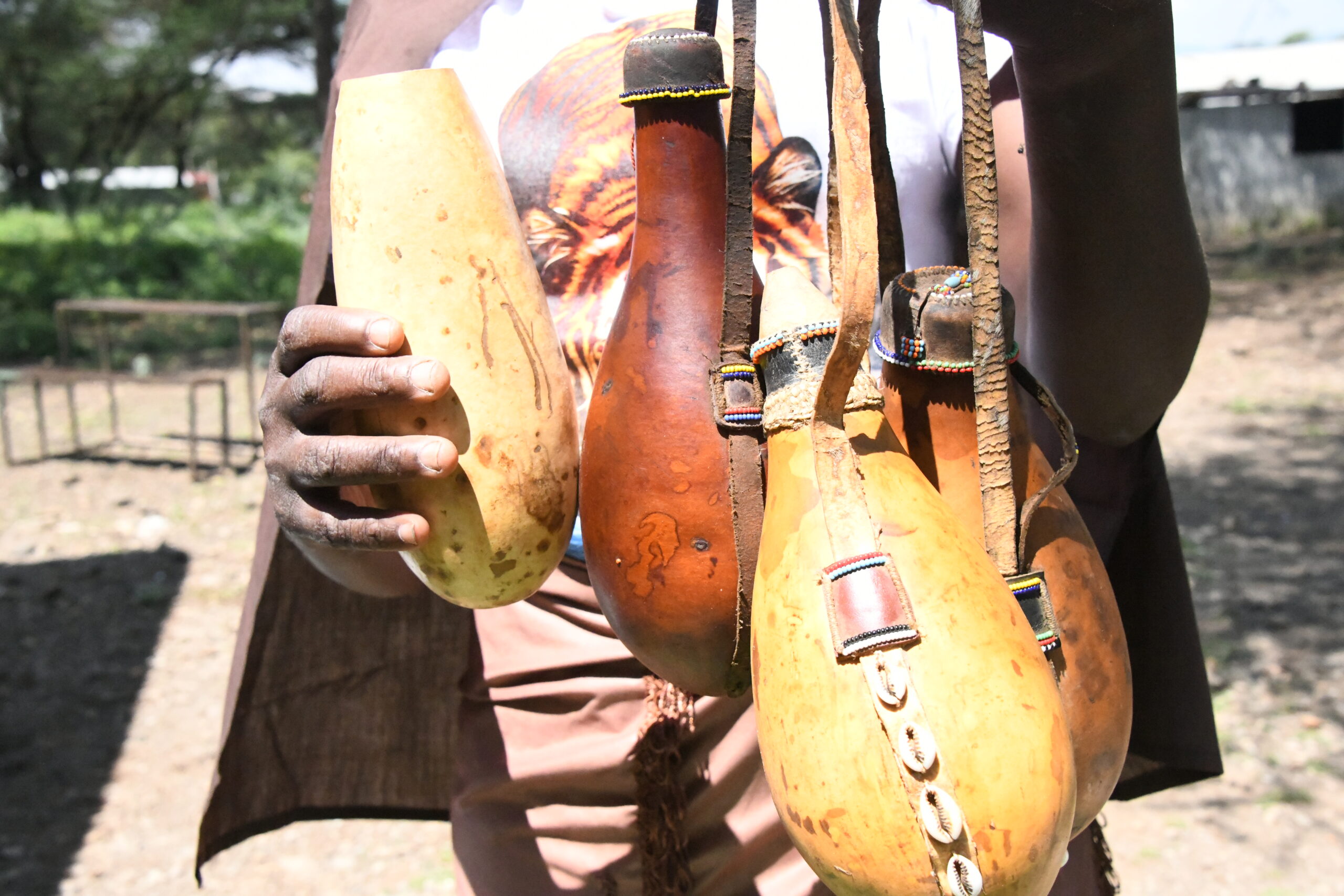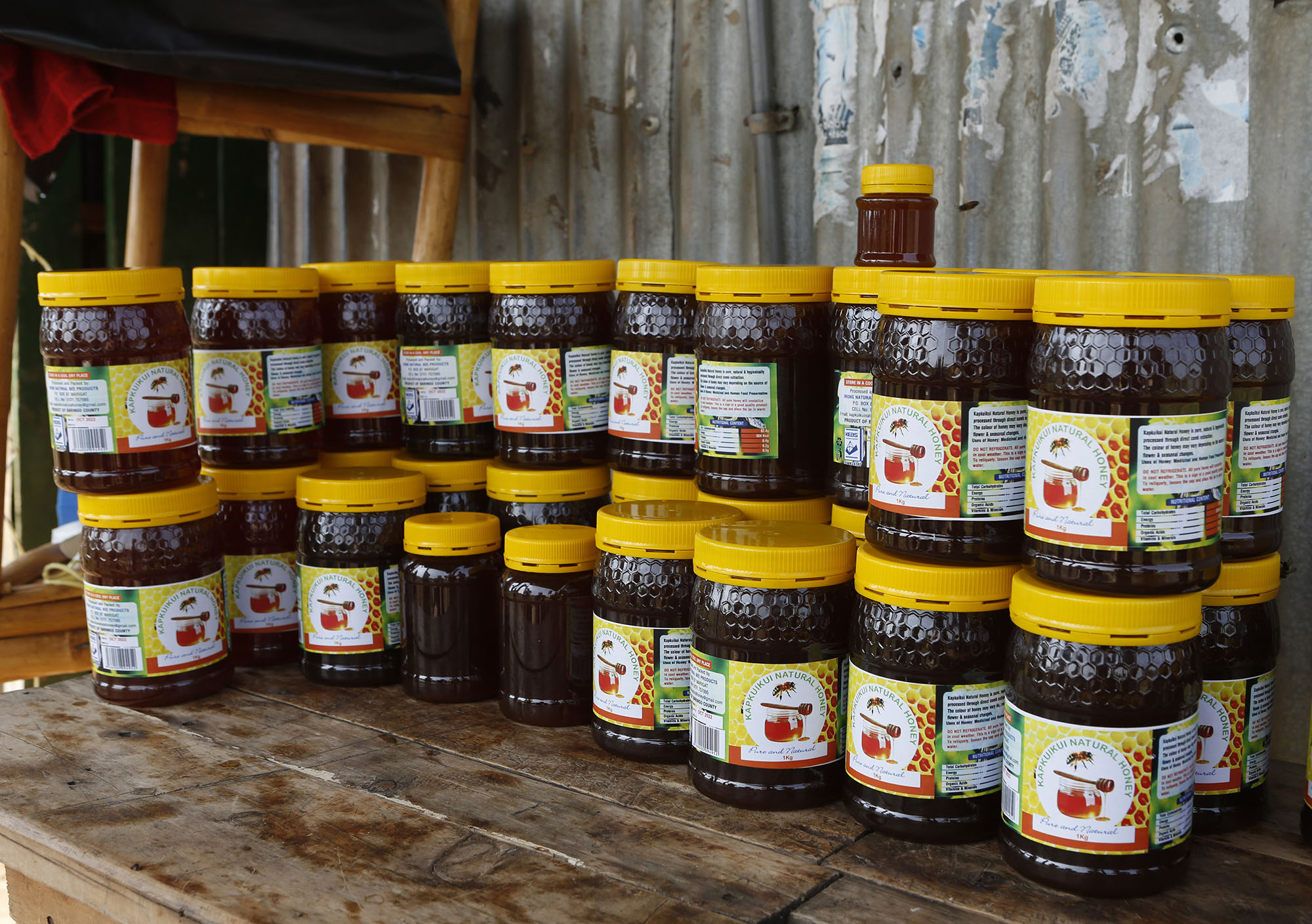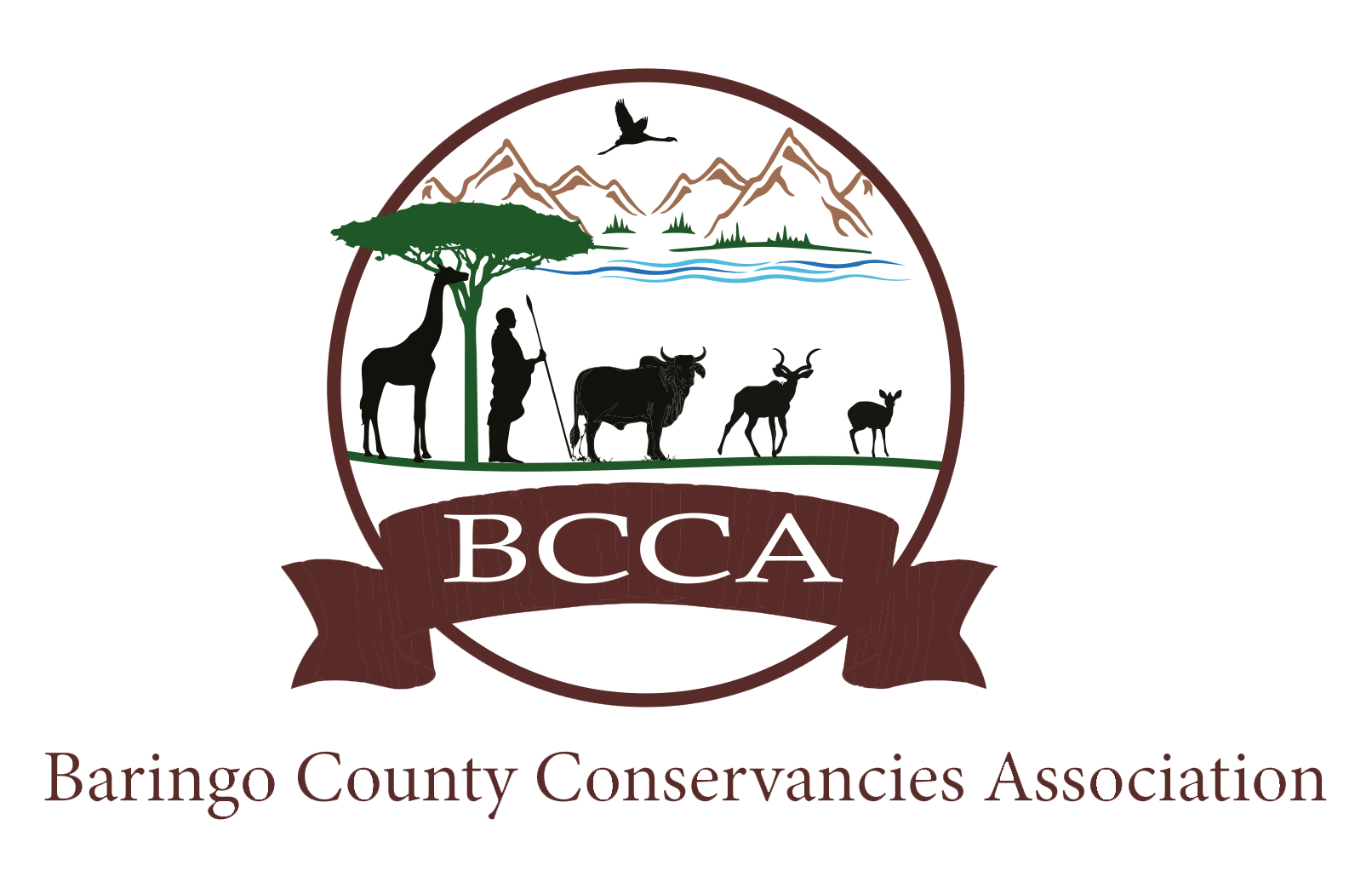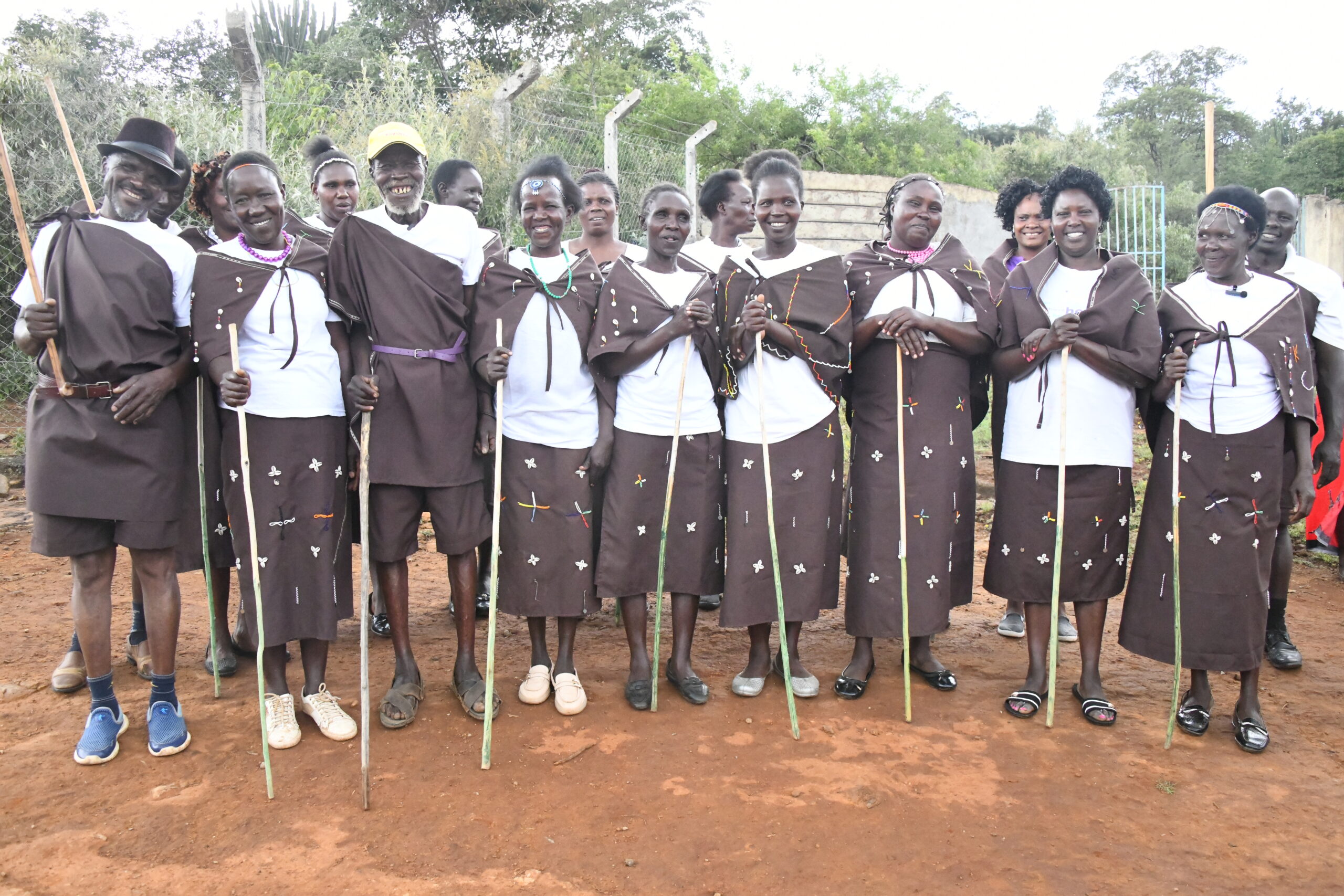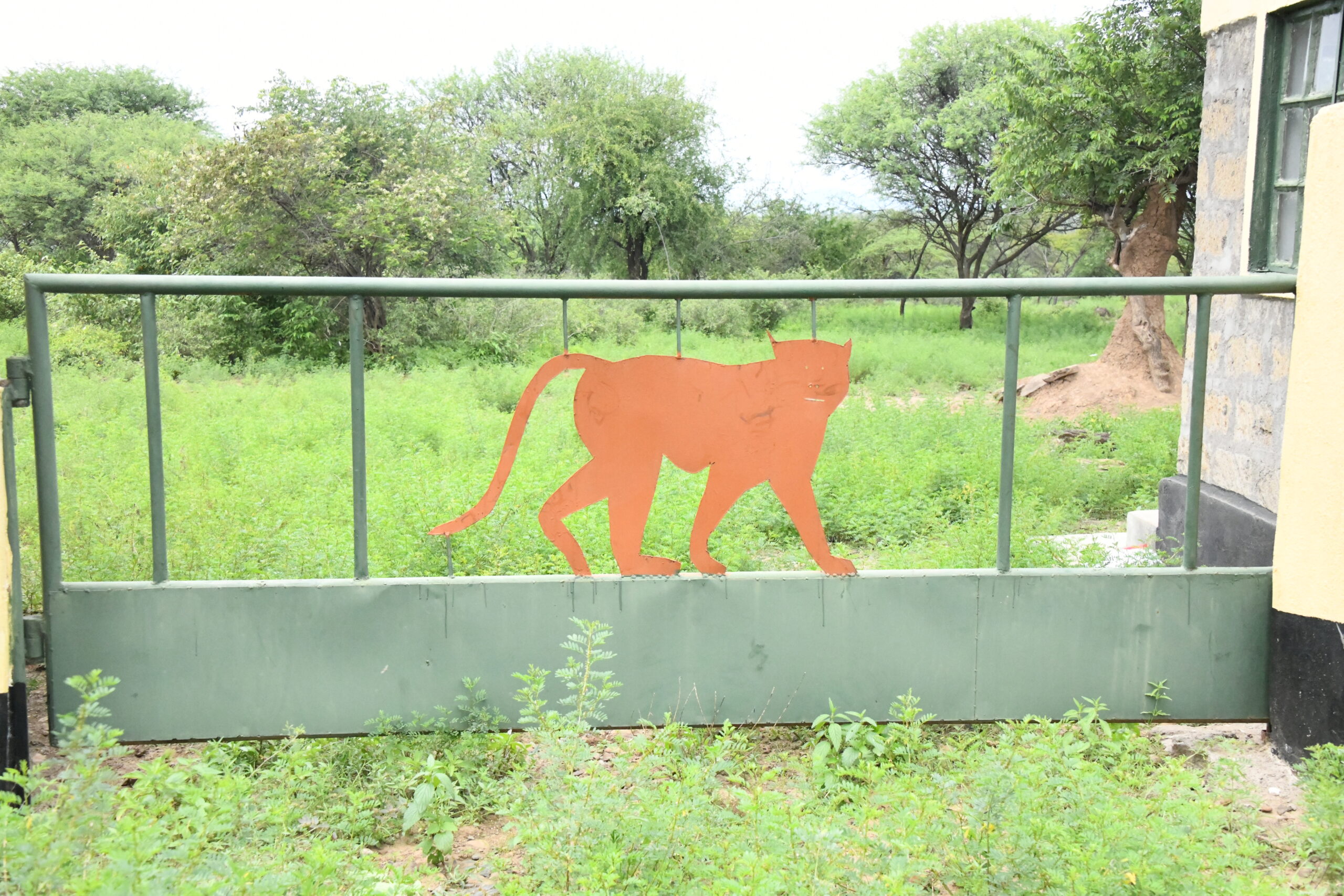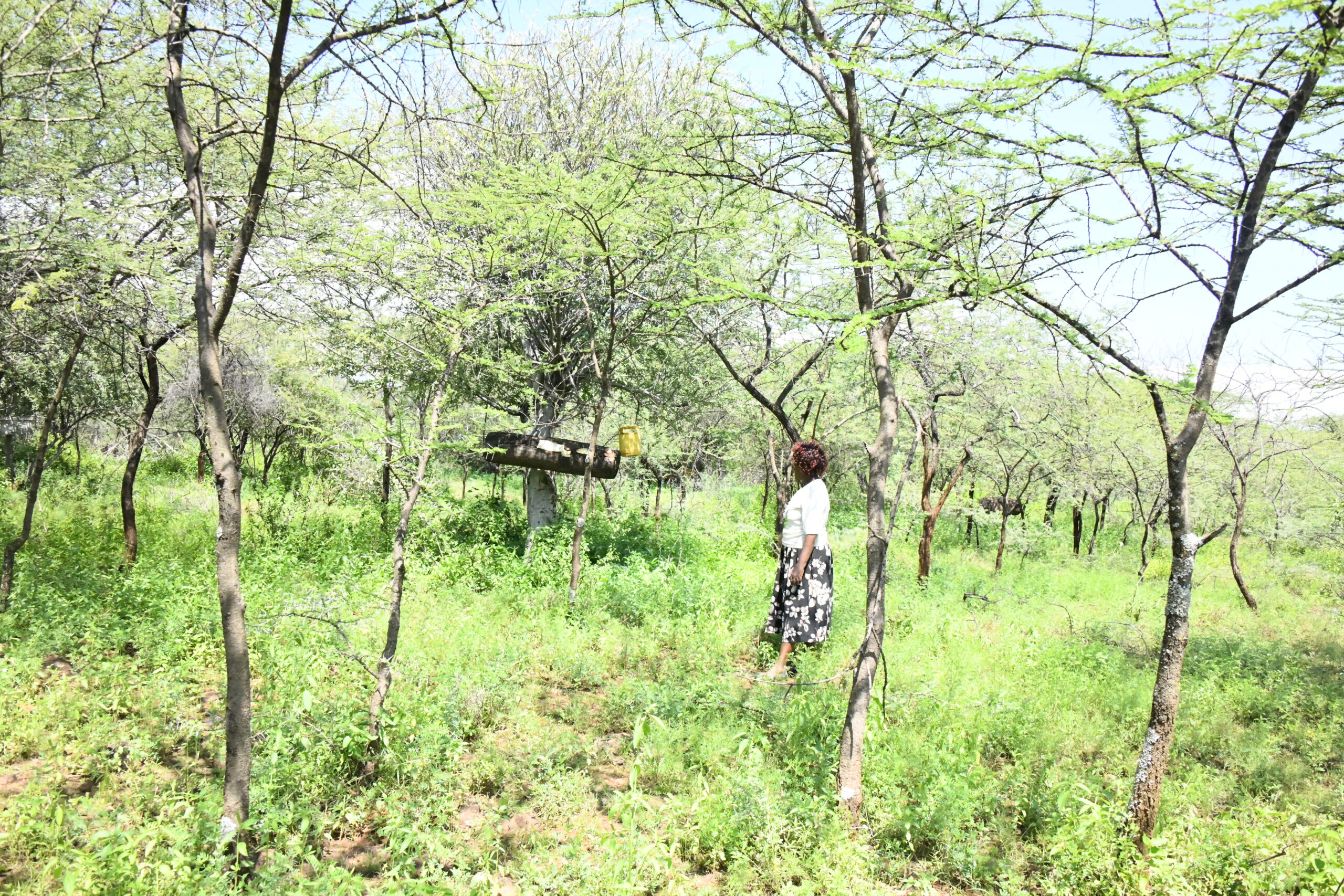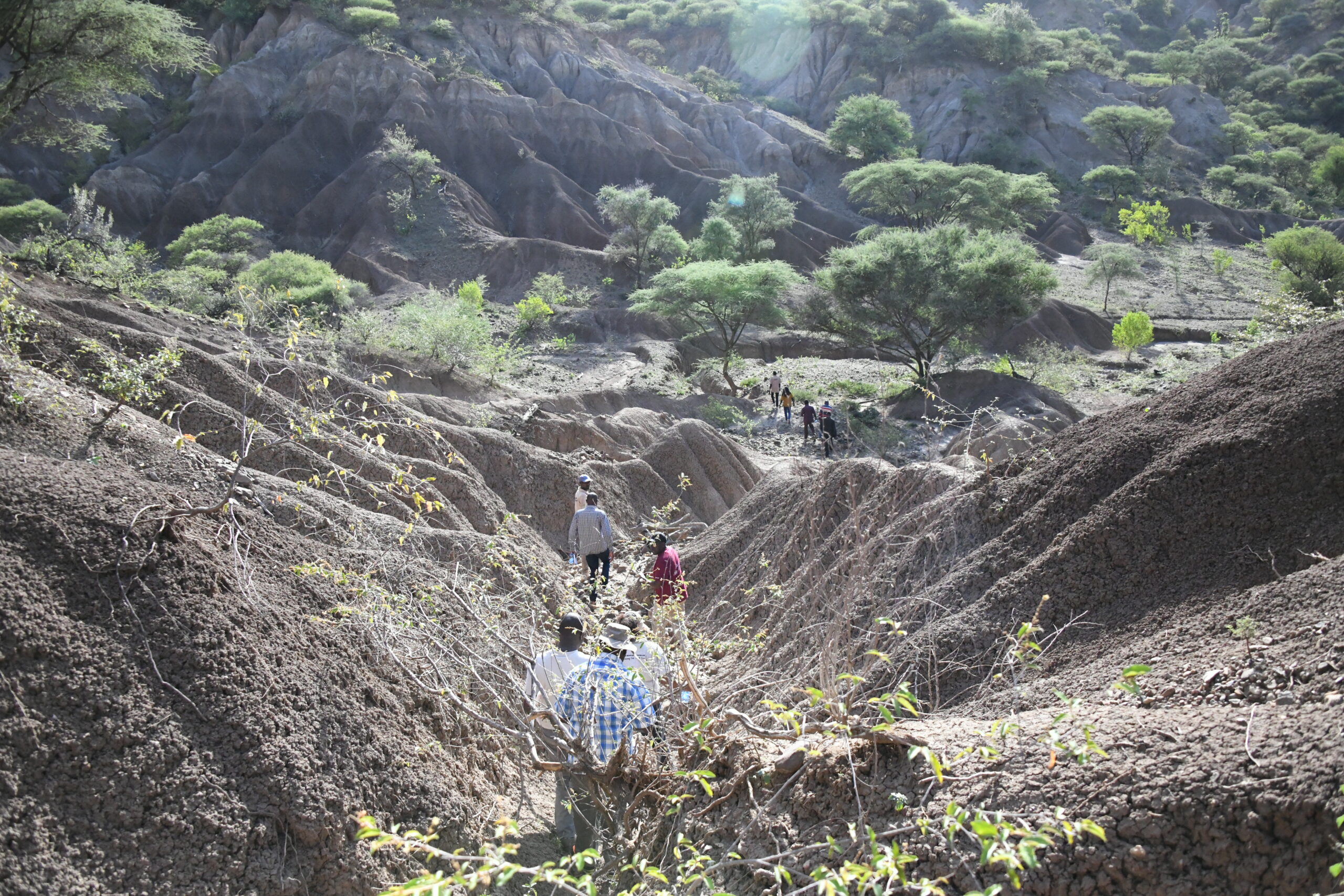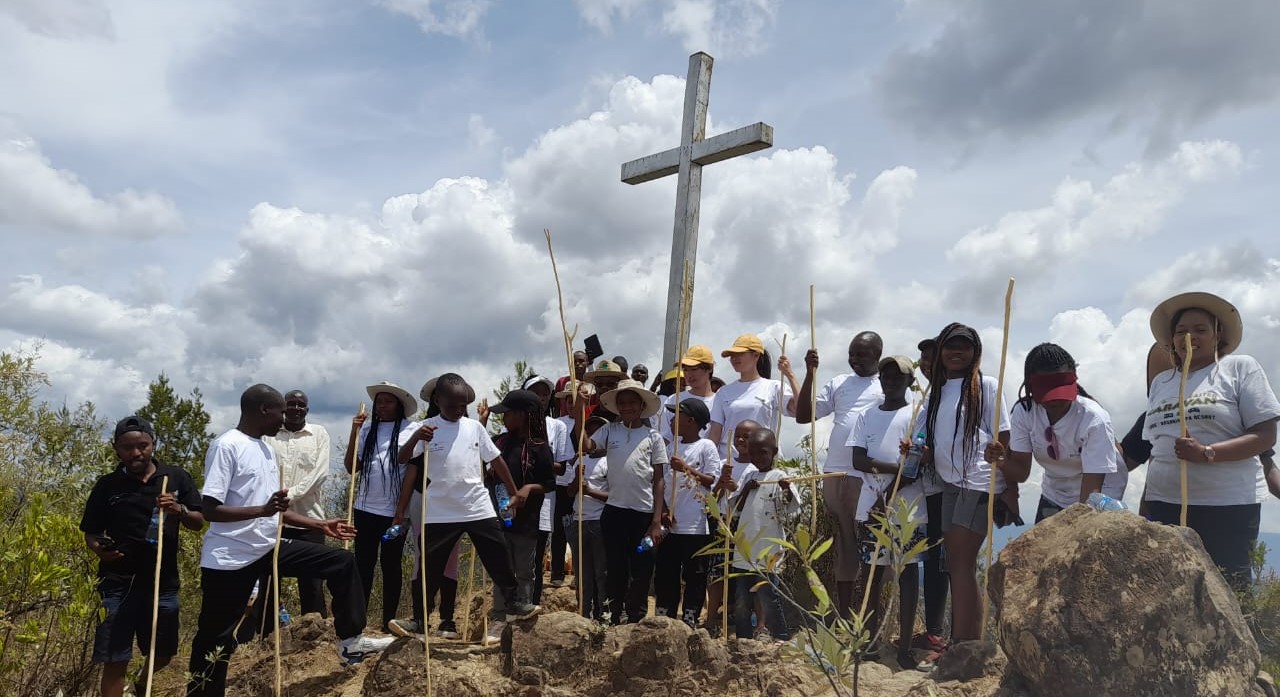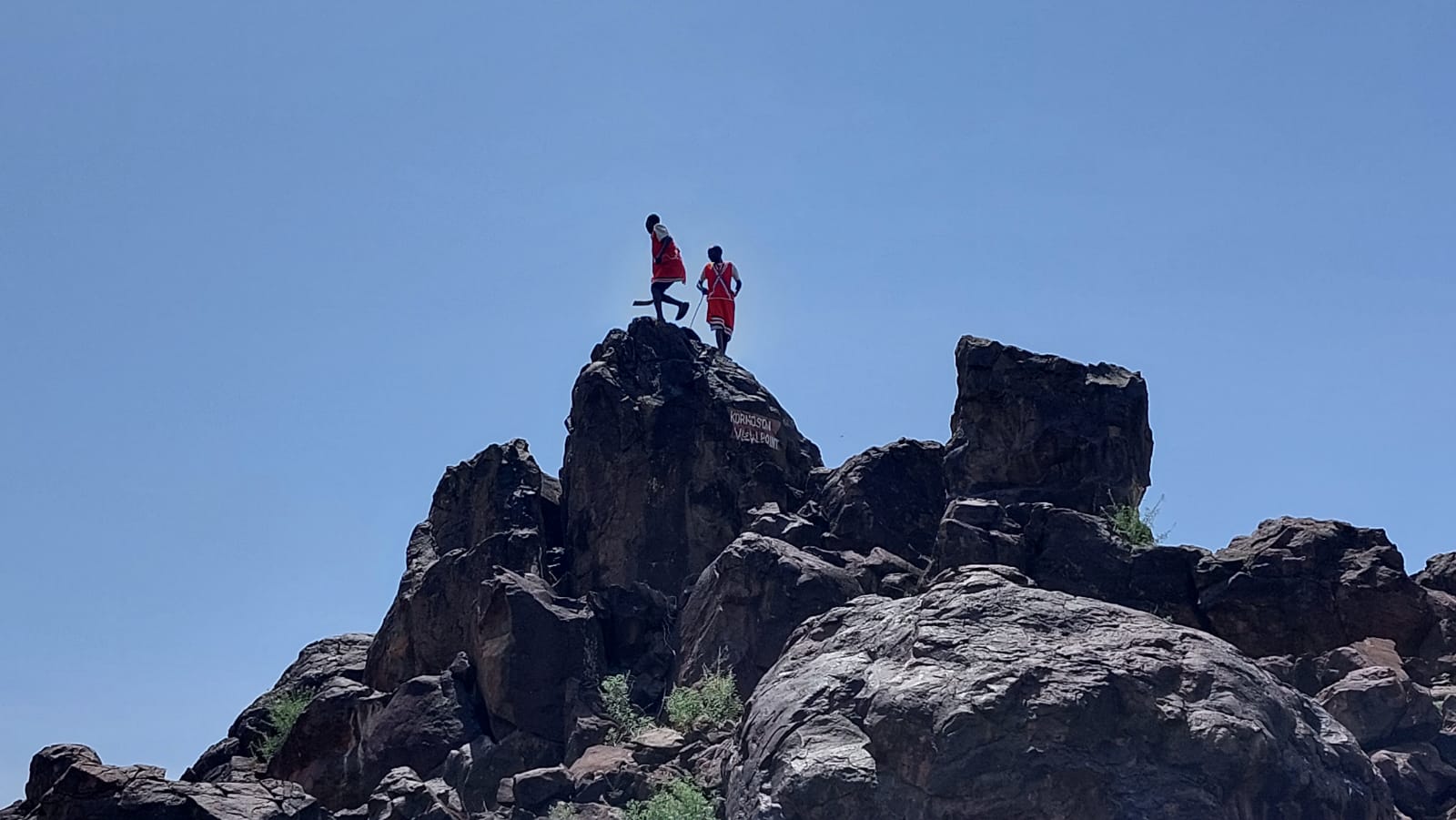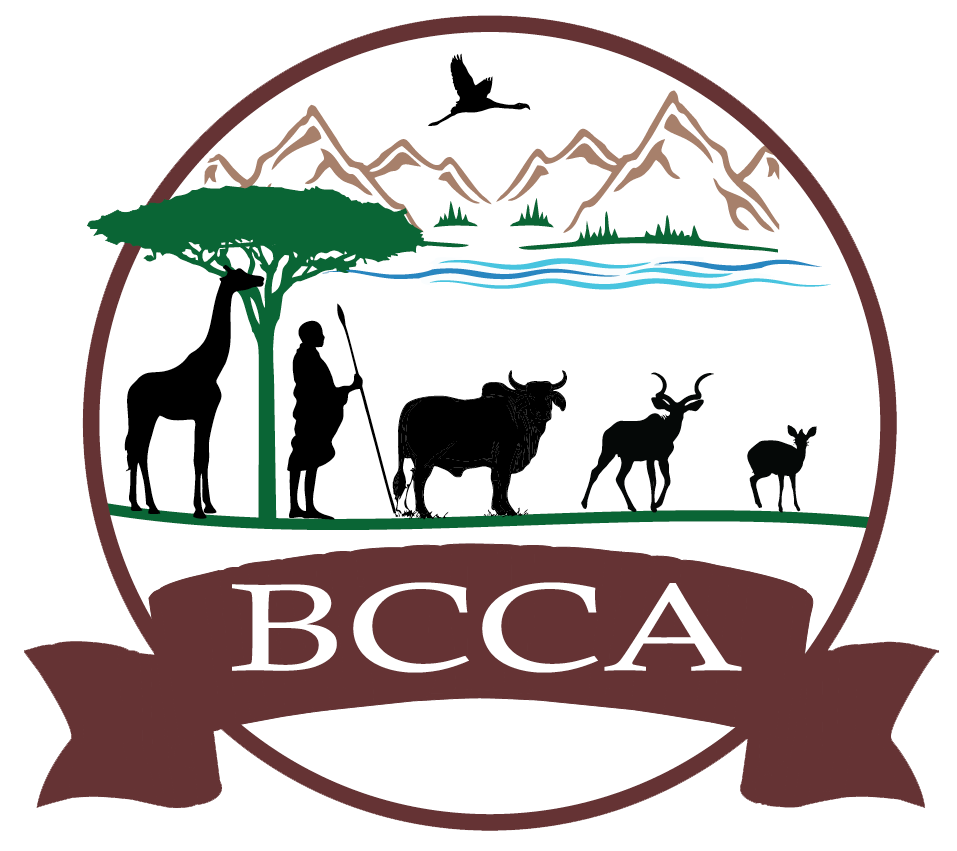Chuine Wildlife Conservancy
Cliffs stand as Guardians
Welcome to the heart of Chuine Wildlife Conservancy, where nature, culture, and conservation come together in an extraordinary tapestry of life. Nestled among the rugged beauty of Sandai, Chuine Conservancy is not just a sanctuary for wildlife but a living testament to the enduring vision of its founders-forty families who, inspired by the world around them, recognized the need to protect and preserve their ancestral land.
Here, the cliffs of "Kurruche" and "Baboon" stand as guardians, welcoming visitors to a land that spans 1,805 hectares, home to over 600 registered members who represent a thriving community of 30,000 people from the surrounding locations of Sandai, Chebinying, Arabal, and Kiserian. The conservancy's governance is deeply rooted in tradition, with a council of elders and board members ensuring that the community’s voice is always at the forefront. After all, the people are the true stewards of this land.
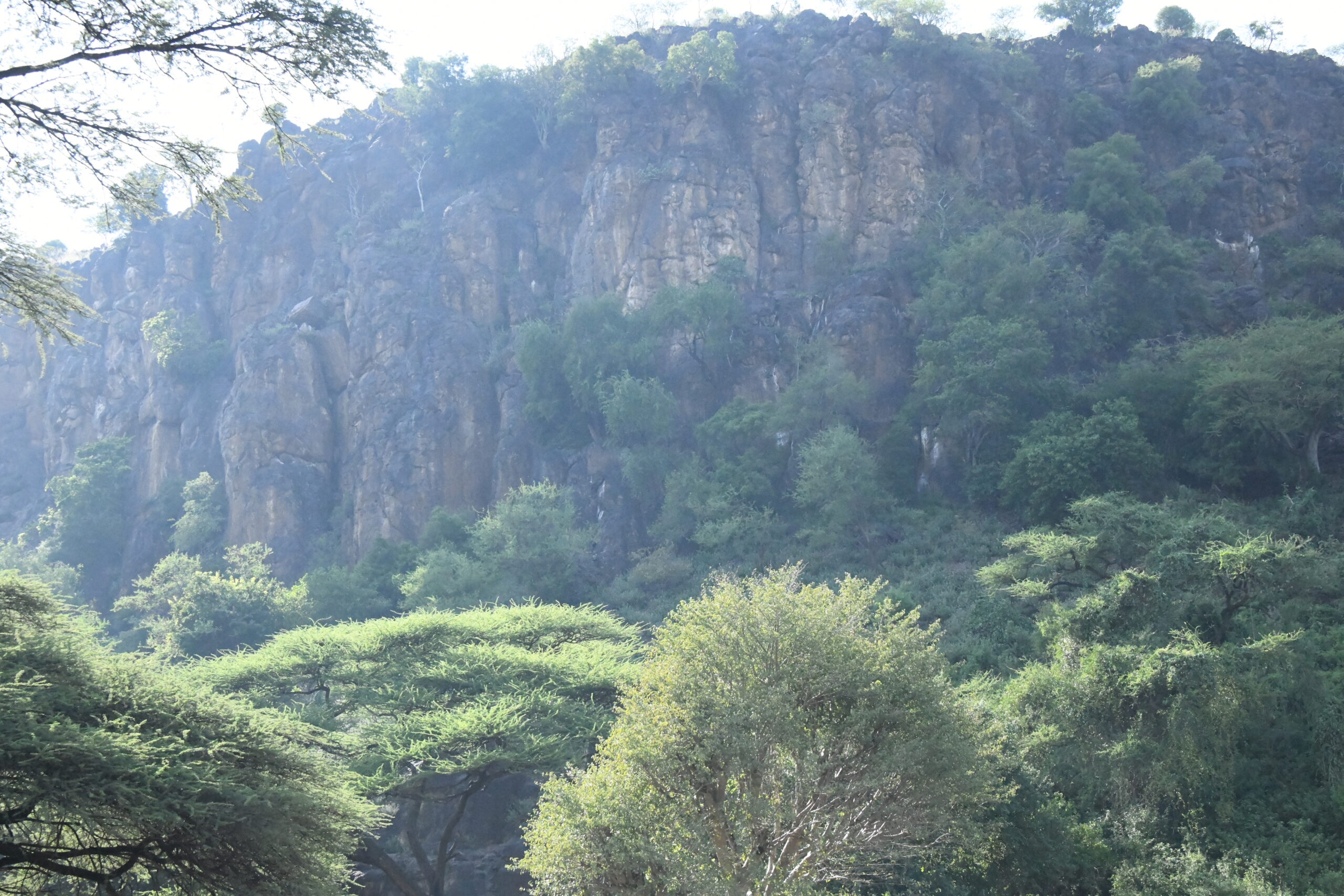
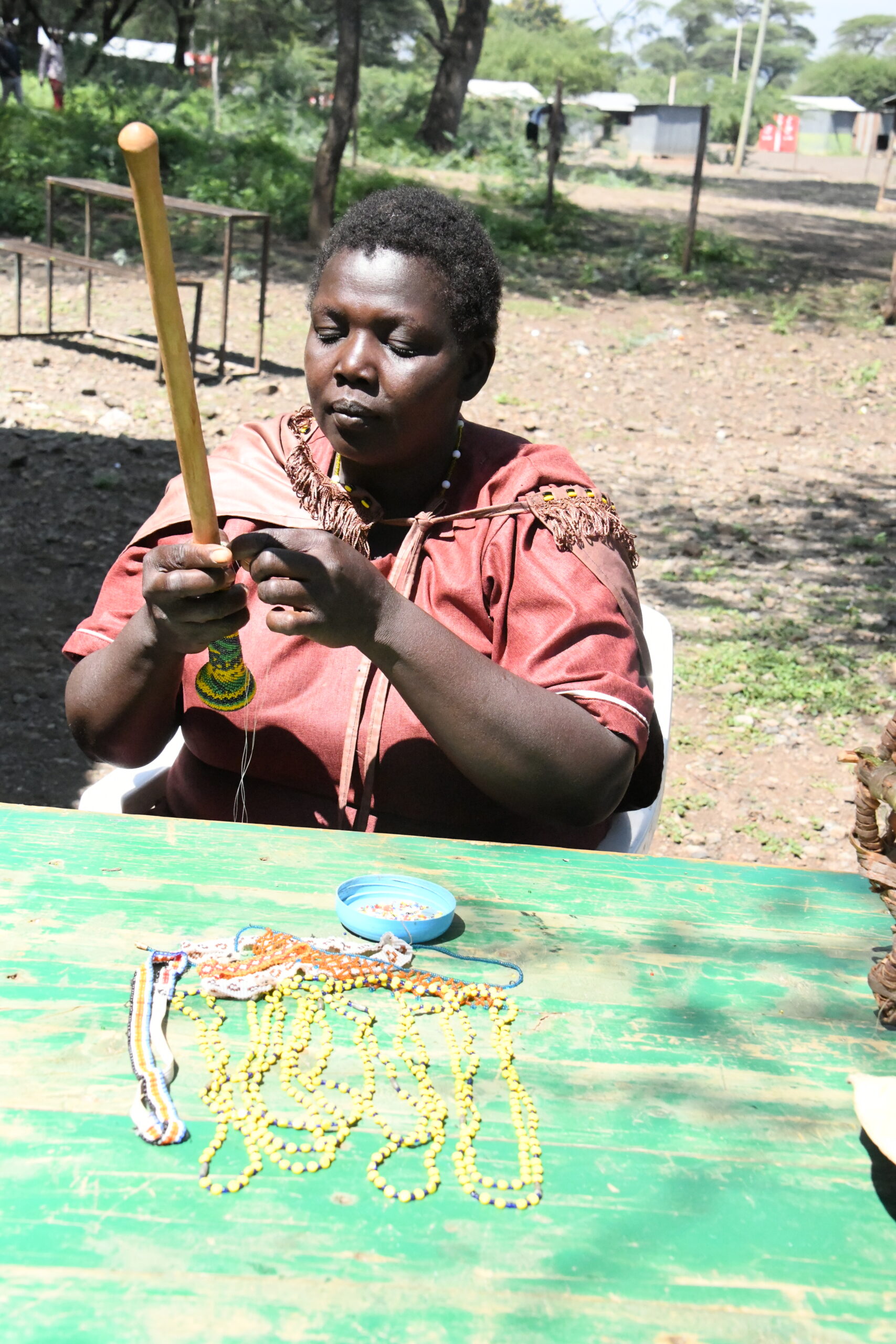
Intricate beadwork
Chuine Conservancy is a sanctuary in every sense, boasting an incredible array of wildlife. Here, the great buffalo roams alongside the elusive leopard, and the elegant greater kudu shares the landscape with zebras, wild dogs, and the rare eland gazelle. From the smallest dik-dik to the majestic cliff springers, this land is a living, breathing celebration of biodiversity. Birdwatchers and reptile enthusiasts will find a paradise here, while the flora of the conservancy-dominated by acacia, Indigenous trees, and the endangered sandalwood offers a botanical treasure trove.
Beyond its natural beauty, Chuine Conservancy is a cultural haven. The Endorois people, proud custodians of this land, have preserved their rich traditions, ensuring that their history and way of life continue to thrive. Through initiatives like beekeeping and honey processing, the conservancy not only protects the environment but also provides sustainable livelihoods for the community. The Flamingo Women’s Group, established in 2009, adds vibrant cultural elements with their intricate beadwork, creating artifacts that are both beautiful and symbolic of the Endorois’ deep connection to the land.
The conservancy is a treasure chest of natural wonders.
